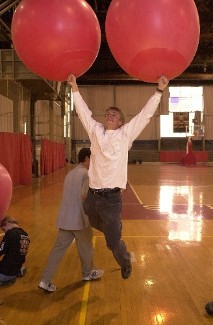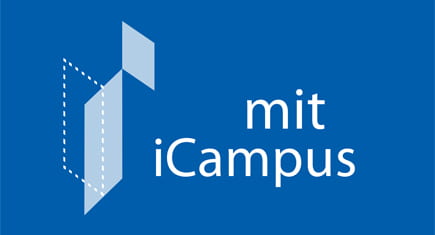
October 1999–June 2003
Beginning in 1999, the Department of Aeronautical and Astronautical Engineering undertook a comprehensive revision of its entire curriculum, integrated around the theme “Conceive, Design, Integrate, Operate” (CDIO), an educational approach adopted to better prepare students to deal with complex aerospace engineering systems. As part of this work, faculty transformed lectures to incorporate new techniques for active learning, such as personalresponse systems, where lecturers pose questions to the class and students “buzz-in” their answers using handheld devices.
“The Active Learning Project embodies both the challenge and the benefits of iCampus: teams of students and faculty working in diverse areas interact using information technology, recognize its importance in education, and, most importantly, recognize the importance of improving engineering education.”
—Professor Herbert Einstein, Dept. of Civil and Environmental Engineering
Faculty also incorporated the use of Microsoft Flight Simulator throughout the curriculum, developing add-ons intended to give students their own virtual aircraft and see how their design and modification ideas will affect flight performance. For example, modified gauges provide a moving target for students to track, and a second altitude needle, which oscillates at a specified frequency, helps measure pilot response and pilot-in-the-loop transfer functions. In the Air Traffic Control Subject, students have worked online with the virtual air traffic control community to simulate flying a Boeing 777 from Boston’s Logan Airport to New York’s JFK, using full air traffic control procedures.
The curriculum revision also established several new subjects, including a freshman “Introduction to Aerospace Engineering and Design,” which features a major project where student teams design, build, fly, and race radio-controlled, lighter-than-air vehicles, and where student design teams located at different universities interact and consult with remote experts via videoconferencing software, and sharpen their individual contributions to the team, using surveys and journaling tools.
Based on these initial activities, the CDIO effort in engineering education has evolved into an international coalition that includes more than 20 universities.
Investigators: Prof. Dava Newman, Dept. of Aeronautical and Astronautical Engineering; Prof. Edward Crawley, Dept. of Aeronautical and Astronautical Engineering
